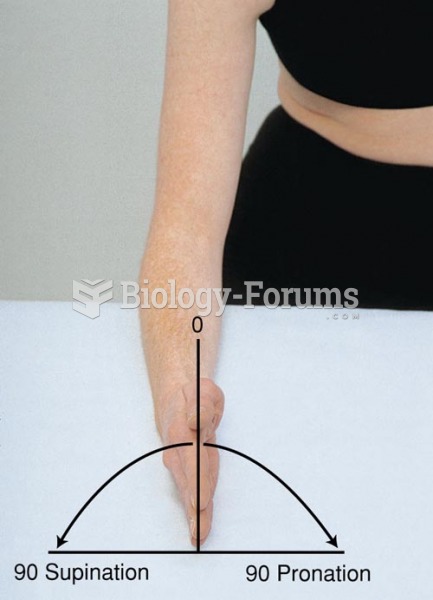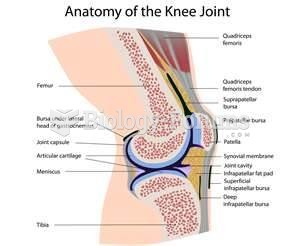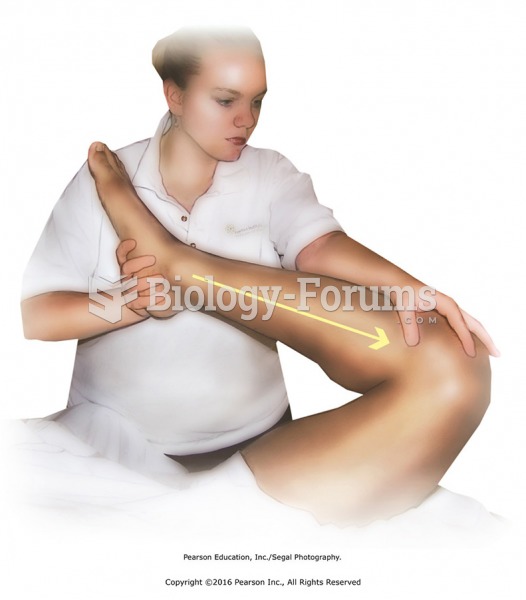|
|
|
In women, pharmacodynamic differences include increased sensitivity to (and increased effectiveness of) beta-blockers, opioids, selective serotonin reuptake inhibitors, and typical antipsychotics.
Between 1999 and 2012, American adults with high total cholesterol decreased from 18.3% to 12.9%
More than 150,000 Americans killed by cardiovascular disease are younger than the age of 65 years.
The cure for trichomoniasis is easy as long as the patient does not drink alcoholic beverages for 24 hours. Just a single dose of medication is needed to rid the body of the disease. However, without proper precautions, an individual may contract the disease repeatedly. In fact, most people develop trichomoniasis again within three months of their last treatment.
Excessive alcohol use costs the country approximately $235 billion every year.







